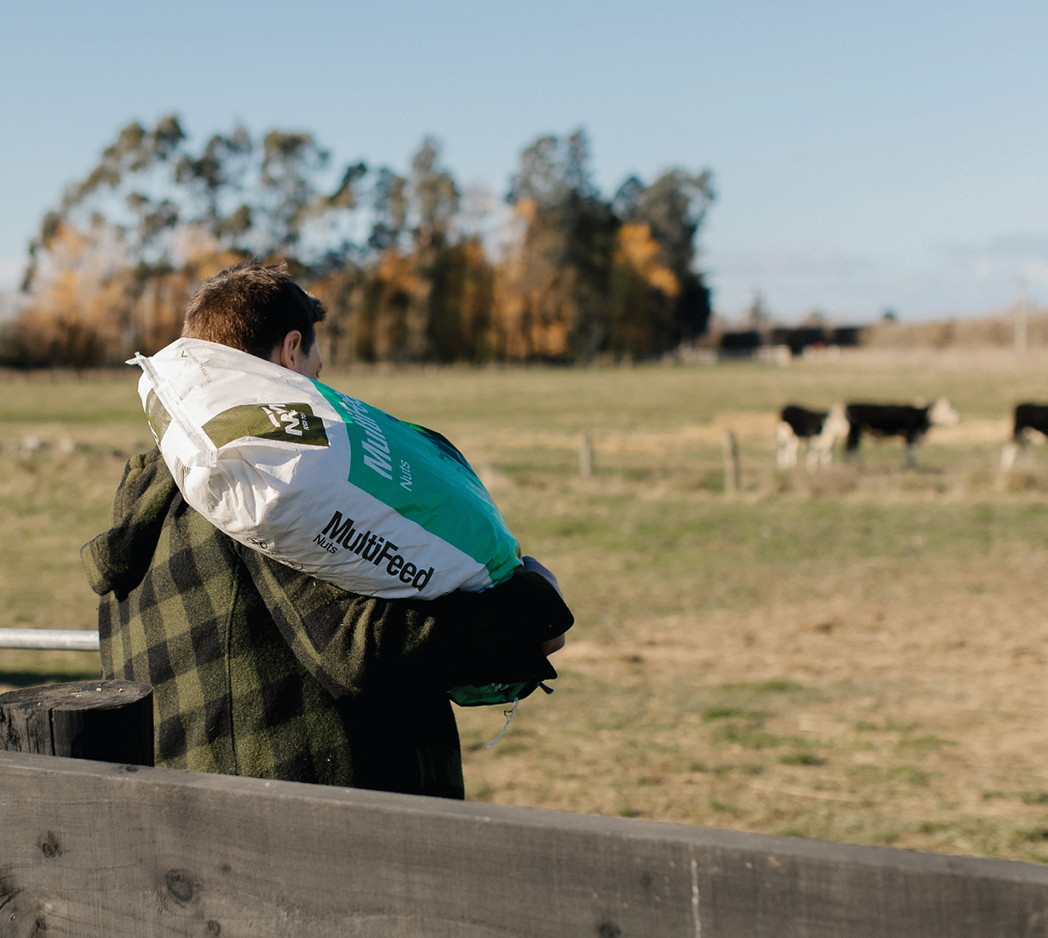

FAQs from small block owners
Words by Dr Rob Derrick
With the rapid growth in AI advice online and social media sites supported by enthusiasts, it can be difficult to know what animal nutrition advice is reliable. Some recent re-occurring questions are addressed below.
Must the ratio of Calcium (Ca) to Phosphorus (P) in compound feeds be 2:1?
No not really; a Ca:P ratio of 2:1 or higher is considered a good thing, but must be calculated for the total diet. Concerns are normally raised from vets or people with castrated goats and sheep in relation to the risk of blockages in the urinary system caused by mineral deposits. The Ca:P ratio of a nut or pellet would not normally be important in isolation, outside of a feedlot type situation where dry supplementary feed might make up 80-90% of the diet to support high weight gains. The total amount of excess P consumed is the primary risk factor for urinary calculi and other minerals like magnesium can be important as well if over-supplied. Blockages are unlikely in grazing males when fresh forage makes up the majority of the diet and clean drinking water is available.
Are high carb diets dangerous and unnatural for grazing livestock?
No not really. Ruminants (cows, sheep, deer and goats) consume carbohydrates in every mouthful of forage and have evolved to make good use of them. Carbohydrates are their primary source of energy and range from easily fermentable sugars through to structural fibre (cellulose, hemicellulose and lignin), which are hard to digest for those of us without a rumen. Pasture typically ranges from 7-25% soluble sugars and starch so grain-based pellets with molasses are not that foreign to the rumen microflora – they just need time to adjust to higher feeding levels. Starch in grass seed and grains is basically a slow-release form of sugar that plants have stored away for germination. Starch takes longer for the rumen bacteria to ferment than sugar and consequently drops the pH in the rumen more slowly after a meal. Provided instructions on the bag are followed, well formulated compound feeds can present fewer nutritional risks than forages.

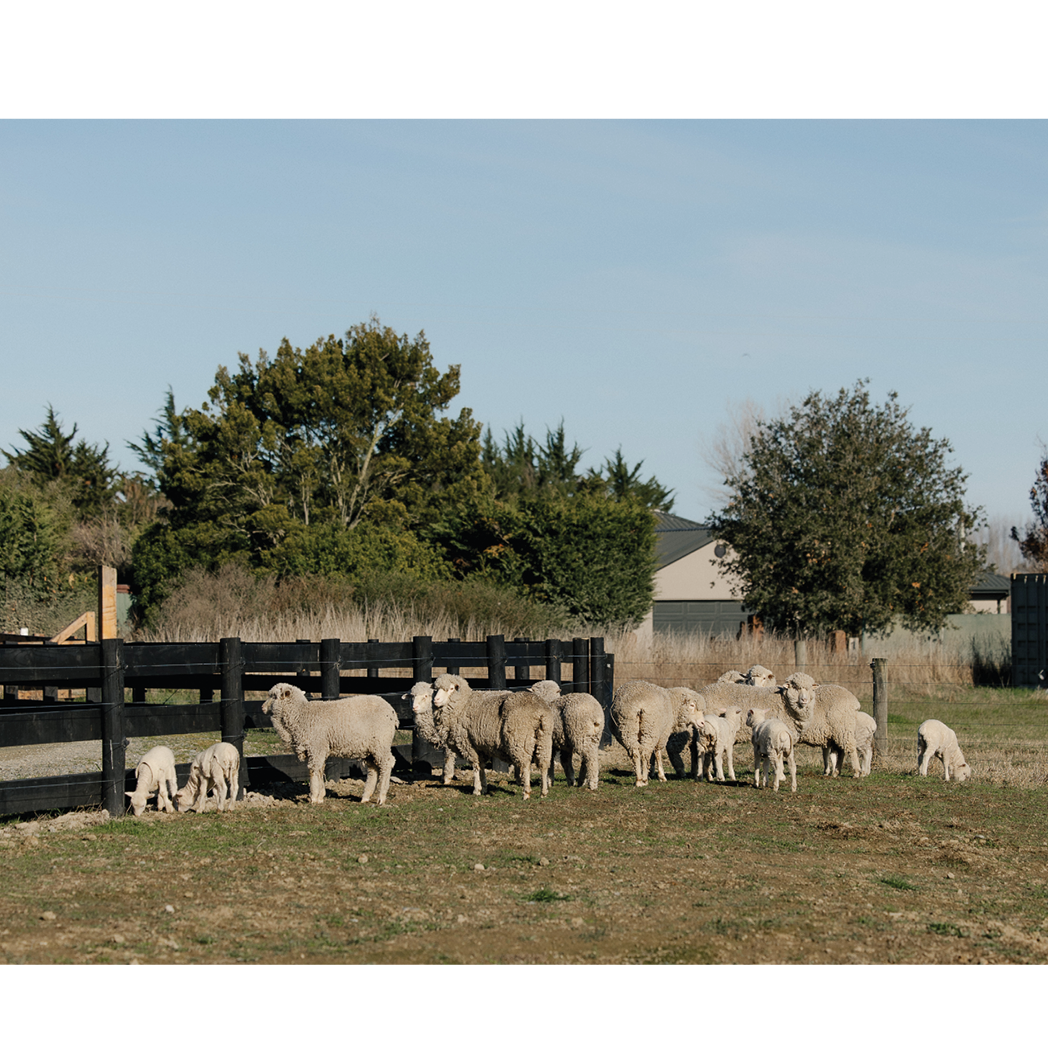
Do compound feeds cause obesity?
Feeding higher rates of compound feeds is recommended only when the quality or quantity of forage on offer is not sufficient to meet the needs of the animals at that time, e.g. winter forage alone may not meet the needs of in-lamb ewes and early spring forage may not meet the need of nursing ewes with twins or triplets. Young growing animals, late gestation or lactating animals typically require more support than older dry stock. Strategic use of compound feed can support body condition, production and health, increasing the lifetime performance without causing obesity.
Is the irregular use of compound feeds dangerous?
Calling stock to a small feed of nuts is a great way to check if all animals in a mob are fit and healthy. Small amounts – perhaps 100g per ewe - to make a dash across a paddock worthwhile will not expose stock to a risk of acidosis provided they are chewing the cud i.e. are eating long forage they can regurgitate and chew, thereby releasing saliva which is a natural rumen buffer.
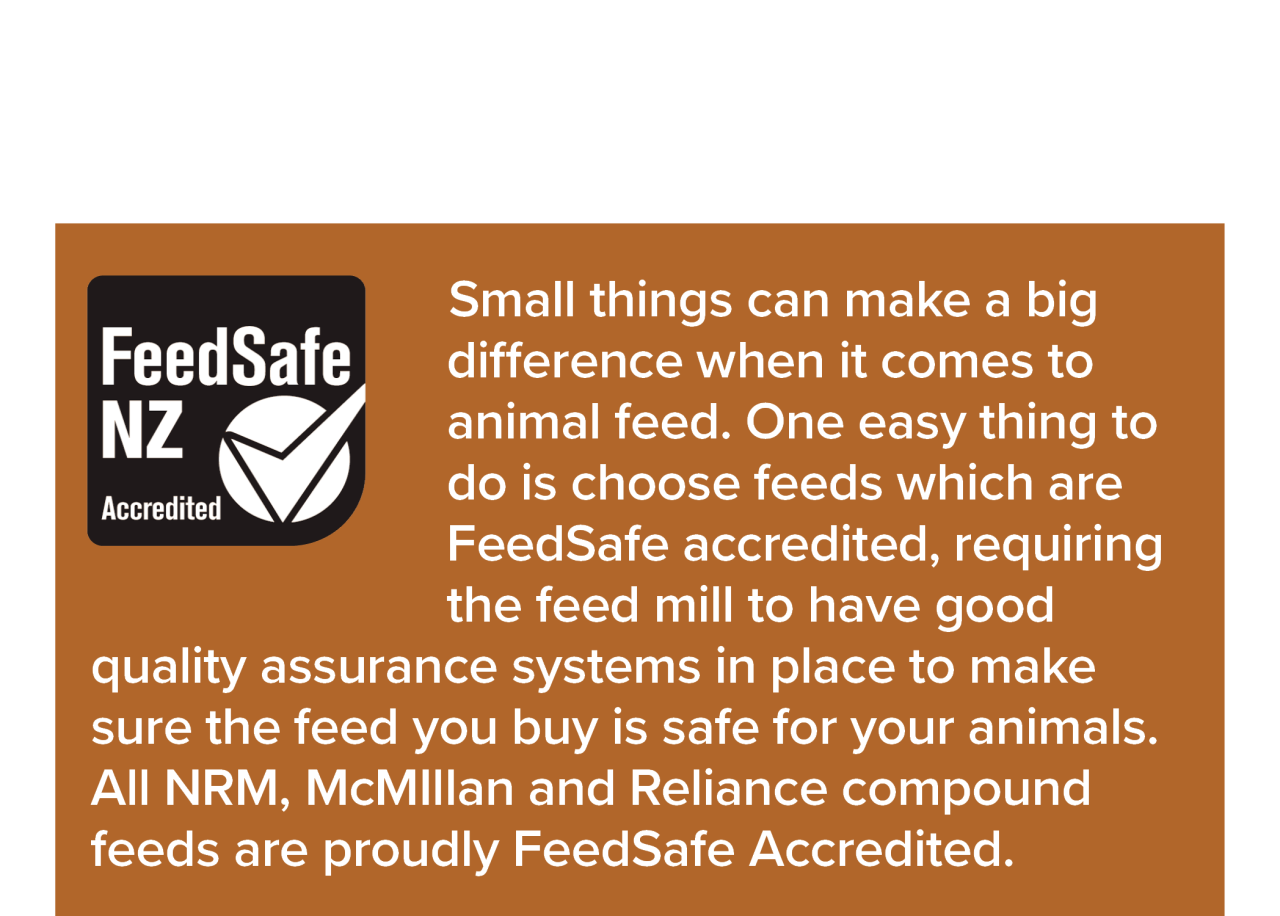

If concerned or in doubt, talk to your local retail team or call NRM Customer Services on 0800 800 380.
FEATURED PRODUCTS


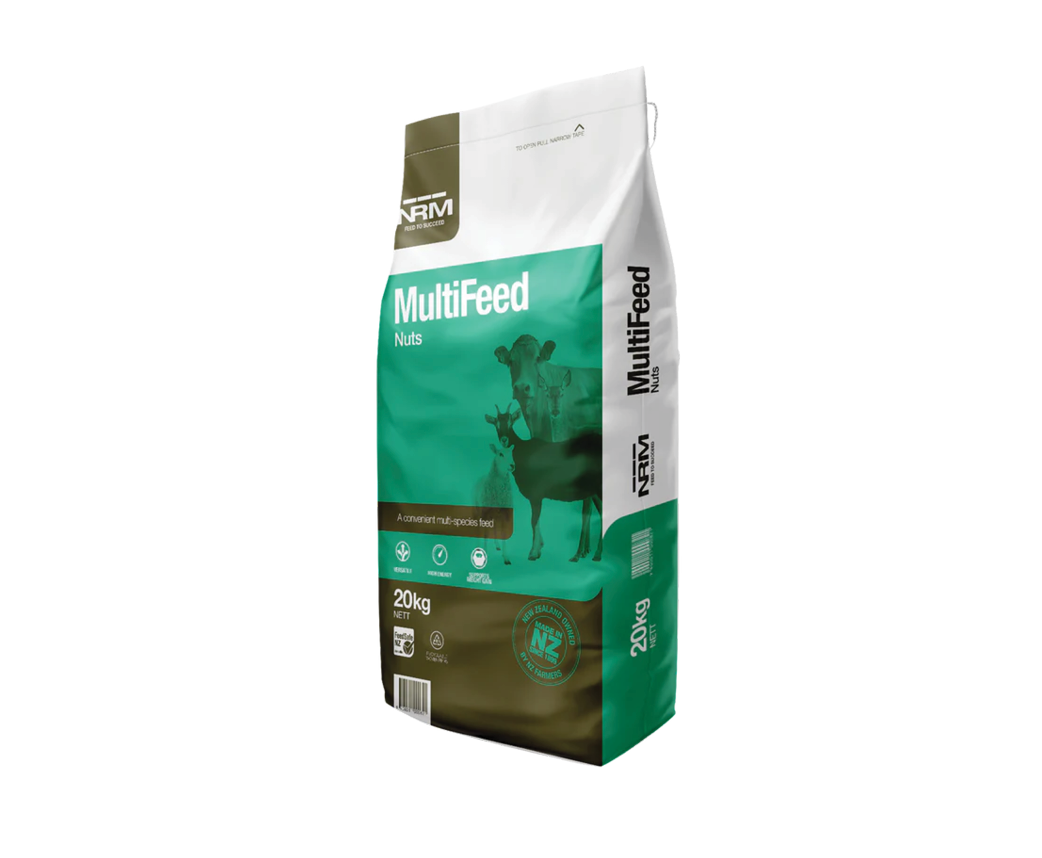
NRM MultiFeed Nuts
NRM MultiFeed supports improved condition and productivity in ruminant livestock where nutrient demands are high, e.g. pregnancy, lactation, wool growth and liveweight gain.
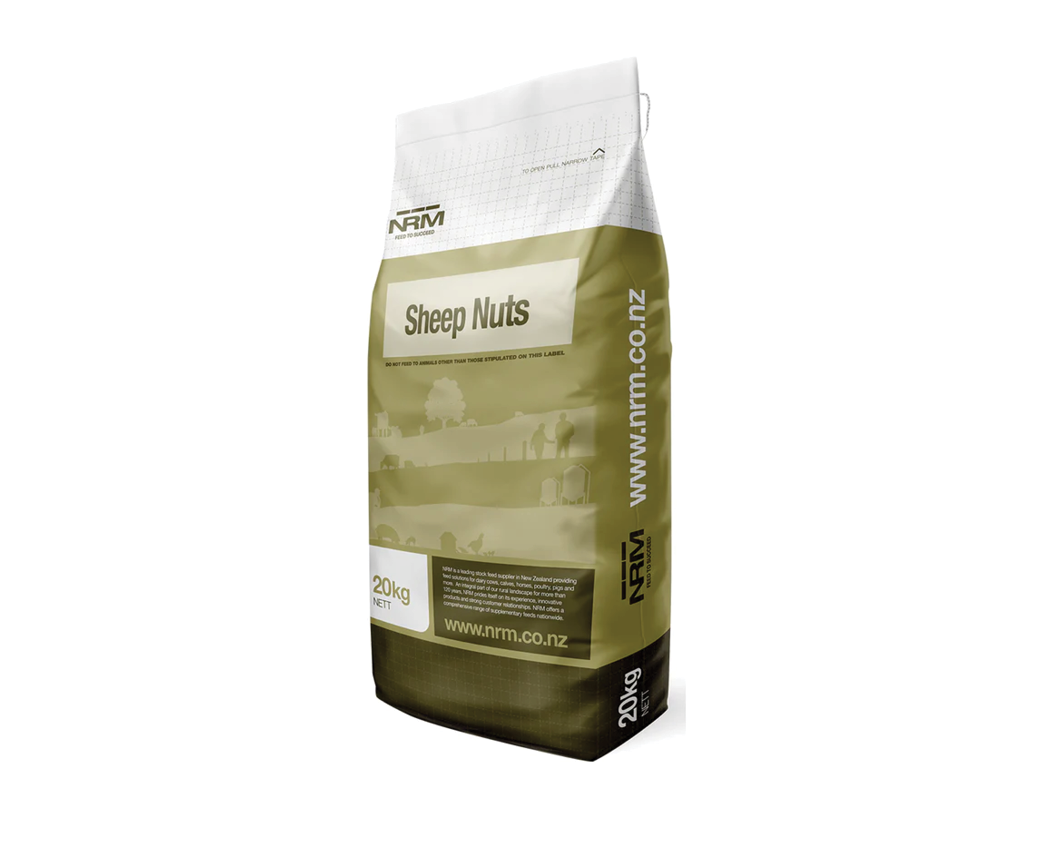
NRM Sheep Nuts
Designed to supplement pasture, particularly in times of low pasture growth and/or poor pasture quality or where nutrient demands are high.